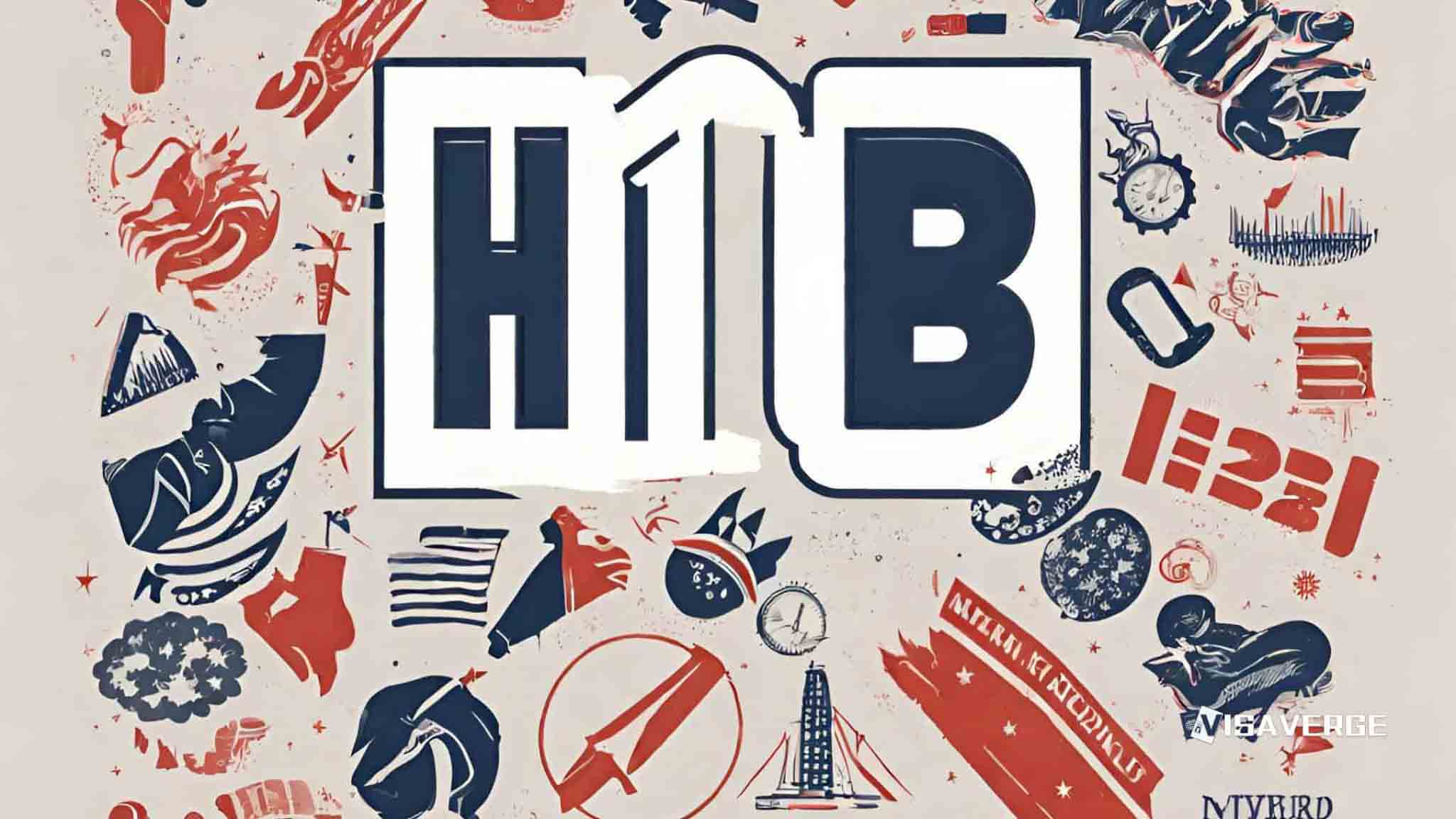Key Takeaways
- The H-1B visa, introduced in 1986, allows skilled foreigners to work in U.S., adapting over time.
- Key legislative changes in 1990, 2000, and 2004 adjusted visa caps and requirements to balance workforce demands.
- Increased scrutiny since 2017 aims for transparency and efficiency, balancing American job protection and foreign worker needs.
The H-1B visa allows skilled workers from other countries to work in the United States 🇺🇸. This visa has been around for decades, and its process and rules have changed over the years. Let’s explore these changes and how they impact skilled workers wanting to come to the U.S.
1986: Introduction of the H-1B Visa

The H-1B program began in 1986 as part of an immigration law aimed at increasing temporary visas for skilled workers. This was a way for American companies to hire workers from other countries when they couldn’t find enough qualified people in the U.S. The visa helped meet the demand for workers, especially in industries like technology and engineering.
1990: Immigration Act Adjustments
In 1990, the Immigration Act brought significant changes to the program. It officially introduced the H-1B category and set an annual cap of 65,000 visas. The aim was to manage the number of new workers entering the country and ensure Americans weren’t losing their jobs to foreign workers. This also required employers to show they were paying fair wages, known as “prevailing wages,” to avoid underpaying foreign workers.
2000: American Competitiveness in the Twenty-first Century Act
This act temporarily increased the H-1B cap to 195,000 for fiscal years 2001, 2002, and 2003. The technology boom at the time drove the need for more skilled workers, and this law aimed to fill that gap. It highlighted just how important skilled workers were to the U.S. economy, encouraging companies to look beyond borders.
2004: The H-1B Visa Reform Act
By 2004, the original cap of 65,000 was restored, but an additional 20,000 visas were reserved for foreign workers with advanced degrees from U.S. universities. This change recognized the significant role education played in providing skilled workers to the economy. Companies could kind of “play the lottery” with the H-1B process, hoping to secure one of the limited visas.
2010: Emphasis on Delays and Audits
Starting around 2010, there was an increased focus on making sure businesses and applicants followed the rules. There were more audits, which are checks to verify how companies were using the H-1B visas and if foreign workers were fulfilling their job descriptions. These checks aimed to protect American workers by ensuring that companies were honest in their applications.
2017: Increased Scrutiny and Policy Changes
In 2017, scrutiny of the H-1B process sharply increased. Policies required more evidence from companies that foreign workers were genuinely needed for specialized jobs. This increased focus meant a harder and longer process for both companies and workers. It was a response to concerns about ensuring American jobs were protected while balancing the need for specialized foreign workers.
Present Day: Improved Transparency and Efficiency
Today, understanding the changes in the H-1B process helps prepare for its complexities. The system continues evolving, aiming for more transparency and streamlined processes. The goal is to balance U.S. workforce needs with opportunities for skilled workers worldwide.
Conclusion
The H-1B process has changed in many ways since it began. Each change reflects an attempt to balance economic demand for skilled workers with the need to protect local jobs. As VisaVerge.com reports, the future of the H-1B program will likely continue adapting to these dual pressures. For detailed instructions about the current process, you can visit the U.S. Citizenship and Immigration Services official page.
Learn Today
H-1B Visa: A U.S. visa allowing foreign skilled workers to work temporarily in specialized occupations.
Annual Cap: The maximum number of H-1B visas issued each fiscal year, initially set at 65,000.
Prevailing Wages: Standard salary rates employers must pay to ensure fair wages for foreign workers on H-1B visas.
Immigration Act: A 1990 law introducing the H-1B visa category and establishing regulations to protect U.S. workers.
Audits: Official inspections ensuring companies comply with H-1B regulations and foreign workers fulfill job descriptions.
This Article in a Nutshell
The H-1B visa has evolved significantly since 1986, reflecting the U.S.’s need for skilled talent while protecting local jobs. Changes like the 1990 cap and 2017’s increased scrutiny highlight this balance. Today, the focus is on transparency and efficiency, ensuring industries access global expertise amid economic demands.
— By VisaVerge.com












